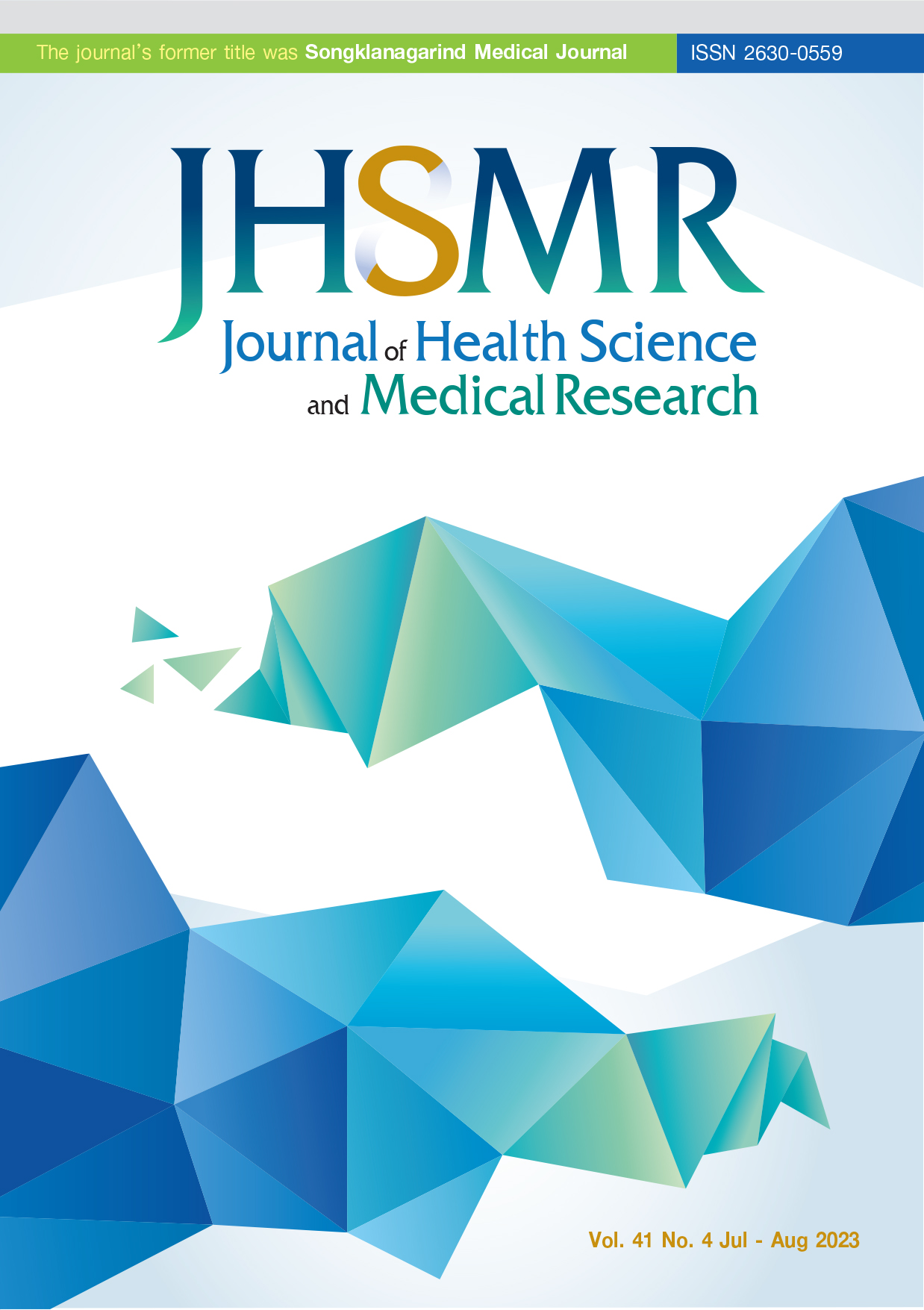Development and Validation of a New Substance Use Disorder Screening Test Based on the Diagnostic and Statistical Manual of Mental Disorders (DSM-5)
DOI:
https://doi.org/10.31584/jhsmr.2023932Keywords:
addiction, diagnosis, DSM, psychostimulants, scale developmentAbstract
Objective: The lack of a screening tool for substance use disorders is a significant problem for health care workers for patient care and referral. This study aimed to develop a Substance Use Disorder Screening Test (SUDST) to enable accurate classification of the severity of substance use disorders based on the Fifth Edition of the Diagnostic and Statistical Manual of Mental Disorders (DSM-5), that can be used by health professionals in all settings for basic screening for individuals at risk of substance use disorder.
Material and Methods: Following close study of the DSM-5, 11 questions were developed, which were then tested on 207 participants who were receiving treatment for the use of methamphetamines. The participants were interviewed with the SUDST, the Ministry of Public Health Version 2 (normally ‘V.2’) screening test for risk of substance use, and were clinically diagnosed by their attending psychiatrist.
Results: The Cronbach’s alpha coefficient for SUDST was 0.79. The scores obtained from the SUDST were in high agreement with the V.2 and clinical diagnosis (p-value<0.001). Factor analysis showed three components of substance use disorder: 1) preoccupation and loss of control, 2) risky/harmful use, and 3) biopsychosocial aspects. Of the total possible score of 11, the cut-off points for identifying severe, moderate, and mild levels of risk were ≥7, 5-6, and 3-4, respectively, with sensitivity=72.7%-96.5% and specificity=61.9%-88.7%.
Conclusion: The SUDST had high reliability and validity and could be used to detect patients at risk of substance use disorders.
References
UNODC. World Drug Report 2021. Vienna: United Nations; 2021.
Centre for Addiction Studies. Survey on substance uses and attitude toward substances in the Thai population aged 15-65 years. Bangkok: Faculty of Medicine, Chulalongkorn University; 2020.
Kanato M, Leyatikul P, Wonguppa R. Size estimation of substances users population in Thailand 2019. ONCB J 2020;36:37-48.
Princess Mother National Institute on Drug Abuse Treatment. Statistics on substance abuse treatment at the Princess Mother National Institute on Drug Abuse Treatment in 2015-2019. Pathumtani: Department of Medical Services, Ministry of Public Health; 2019.
Rukngan W, Singhtho T, Noikorn S, Phonsamrong S, Nuannum D, Phajaroen S. Psychiatric symptoms in Amphetamine-Type Stimulants (ATS) in-patients at Thanyarak Institute. Thai J Addict 2013;1:6-14.
Integrated Management of Alcohol Intervention program. The Alcohol, Smoking and Substance Involvement Screening Test (ASSIST) Manual for use in primary care, Thai version. Integrated Management of Alcohol Intervention program. Nontaburi: Department of Mental Health, Ministry of Public Health; 2011.
World Health Organization. The Alcohol, Smoking and Substance Involvement Screening Test (ASSIST): manual for use in primary care. Geneva: WHO; 2010.
Narcotics Control Management Center Thailand Ministry of Public Health. Strategic plan for substance abuse treatment and rehabilitation budget years 2021-2023. Nontaburi: Ministry of Public Health; 2021.
American Psychiatric Association. Diagnostic and Statistical Manual of Mental Disorders, Fifth Edition (DSM-5). Arlington, VA: American Psychiatric; 2013.
Australian Government Department of Health and Aged Care. Patterns of use and harms associated with specific populations of methamphetamine users in Australia - exploratory research [homepage on the Internet]. Canberra: Government Department of Health and Aged Care; 2008. Available form: https://www1. health.gov.au/
Arunpongpaisal S, Kanato M, Chiaviriyabunya I, Daosodsai S, Kamproa S. Tools development and validity testing of Khon Kaen University-Volatile Use Disorder Indentification Test (KKU VOUDIT) to classify severity of volatile users. J Psychiatr Assoc Thailand 2010;55:63-78.
Downloads
Published
How to Cite
Issue
Section
License

This work is licensed under a Creative Commons Attribution-NonCommercial-NoDerivatives 4.0 International License.
























